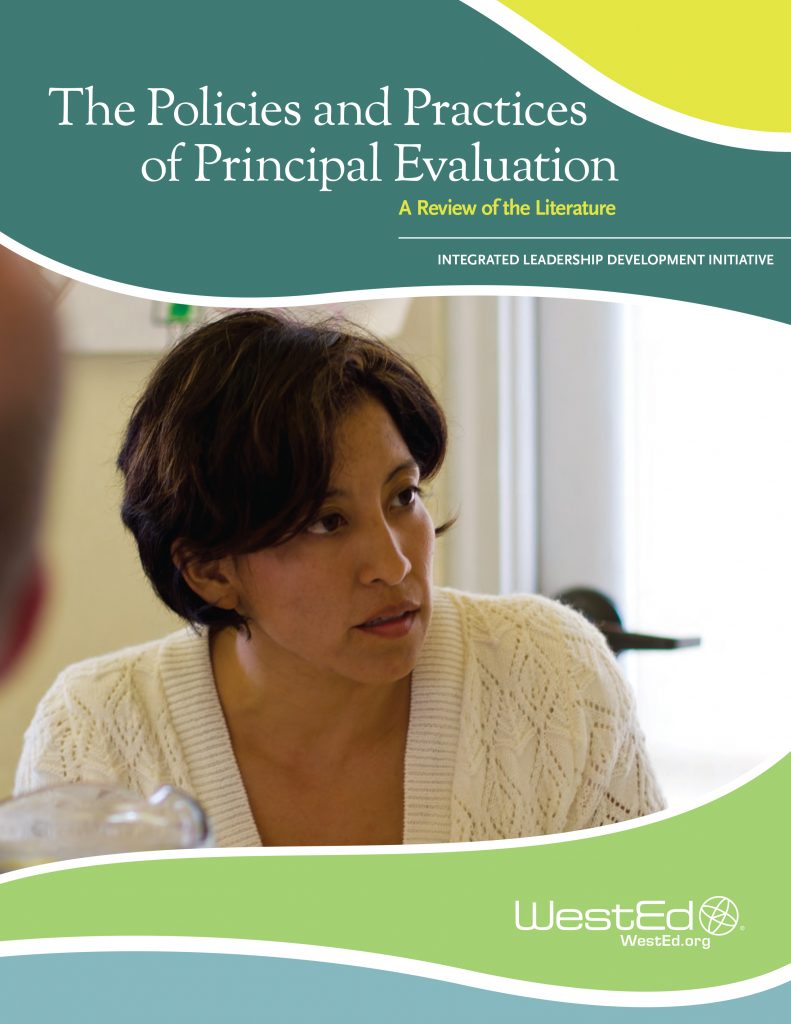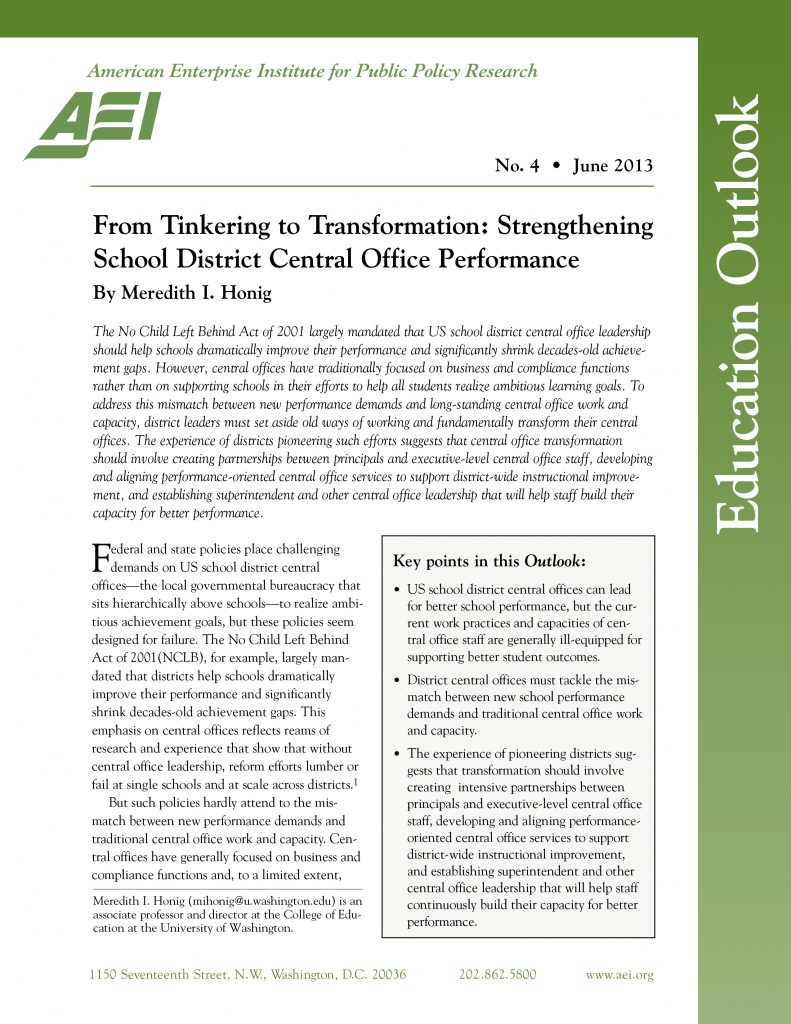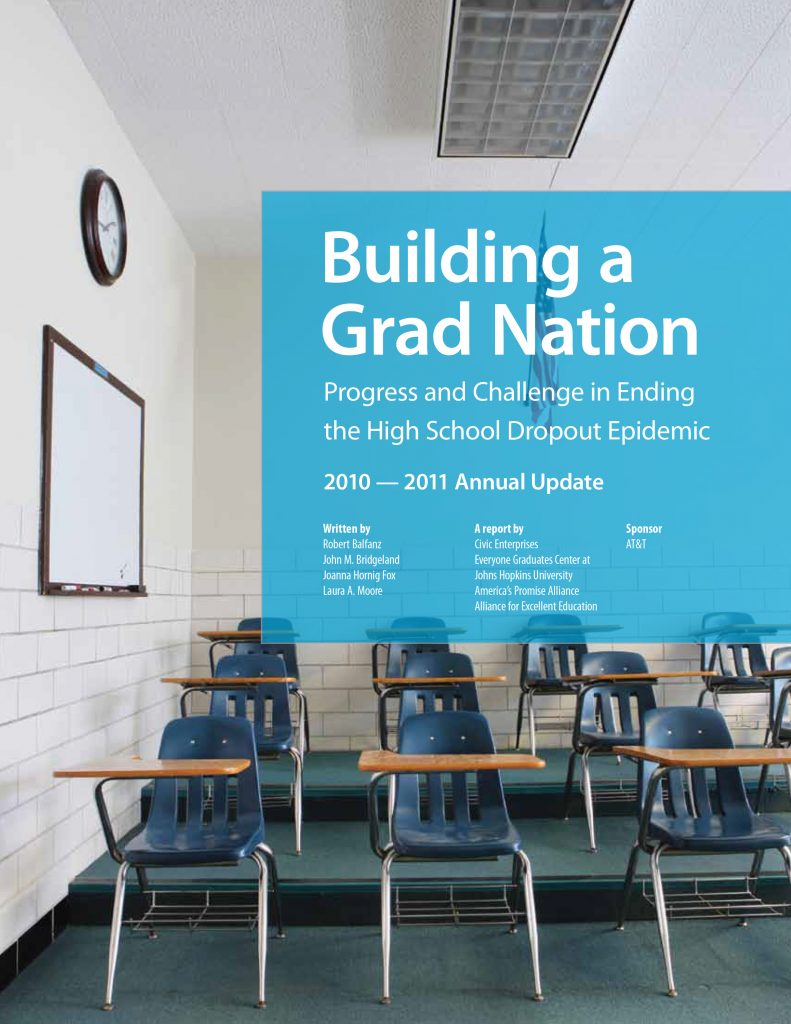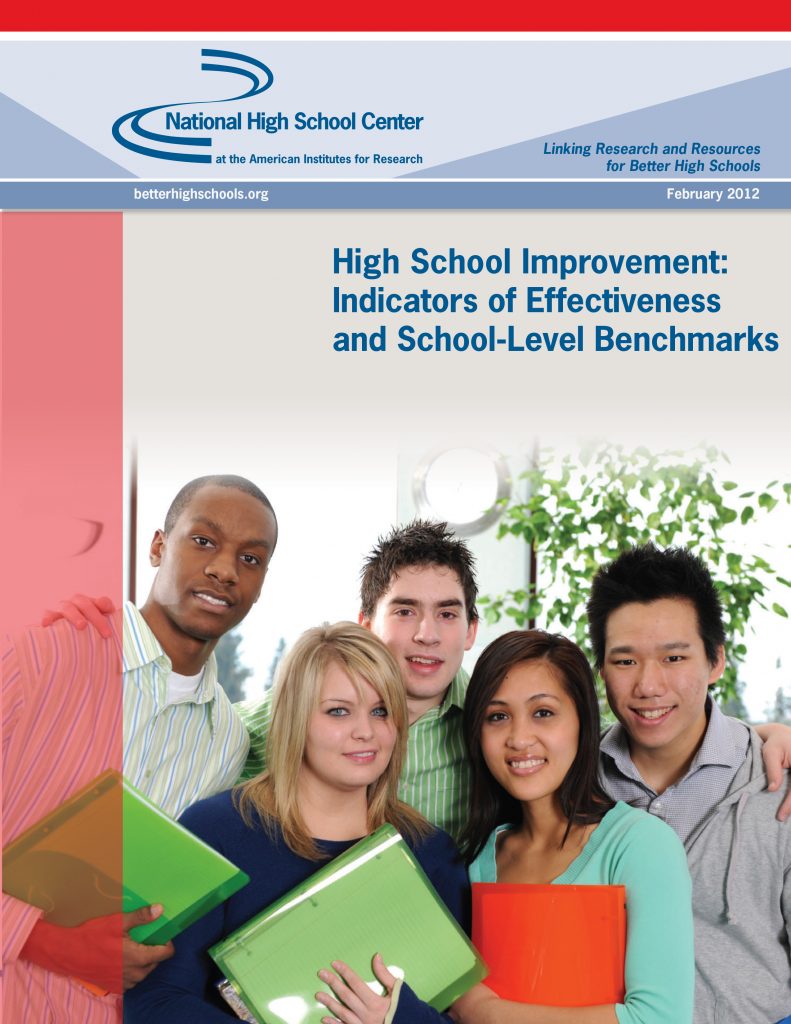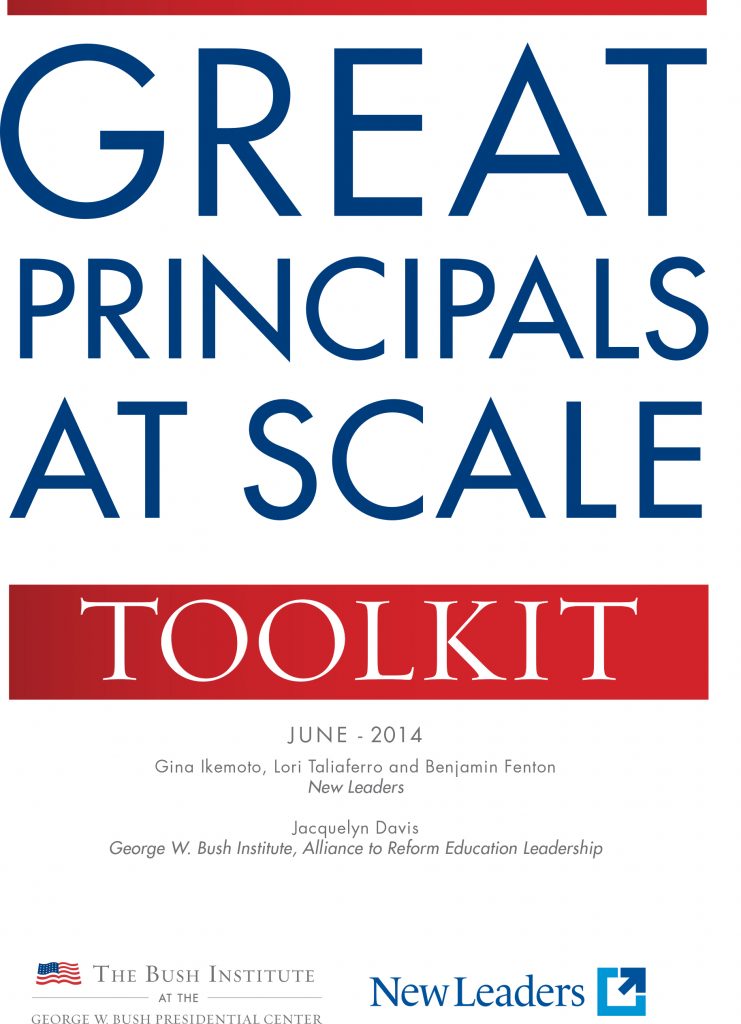GLISI curates cutting-edge research, reports, and in-house publications to support the development of leaders from the classroom to the school building to the central office.
Select the applicable leader key and leader type in the filter to find relevant resources for your needs.
This resource examines the role superintendents as principal supervisors and their importance in building principals’ instructional leadership capacity and helping them advance student achievement, looking particularly at 3 high-leverage arenas in which superintendents can have the greatest impact on principals.
Read MoreThis report is an extensive overview of existing research on principal evaluation systems, drawing on peer-reviewed and non-peer-reviewed studies, as well as primary and secondary resources. Collectively, the resources spotlight some key information that may offer practitioners and policymakers some guidance on ways to more effectively assess and increase principal effectiveness.
Read MoreThis short article provides an overview of the five practices research has identified as critical to effective school leadership: 1) shaping a vision; 2) creating a climate hospitable to education; 3) cultivating leadership in others; 4) improving instruction; 5) and managing people, data, and processes.
Read MoreThis tool was created by New Leaders to identify successful practices in schools showing dramatic gains. The framework includes 5 categories of school practices, each of which is further divided into Key Levers that represent a subset of practices used in New Leaders’ highest performing schools.
Read MoreThis document examines the disconnect between new performance expectations for districts after the passage No Child Left Behind Act of 2001 and the traditional functions and work of the central office. It looks particularly at the necessity of central office transformation in the wake of greater accountability standards, highlighting the importance of developing new partnerships between school and district leaders, the importance of aligning central office services to support the district’s instructional needs, and building the leadership capacity of central office personnel.
Read MoreThis kit includes three tools specifically designed to assist district leaders engaged in a major restructuring of their central office. Each tool is intended help leaders create a central office that better serves principals’ efforts to improve instruction and learning.
Read MoreThis report serves as an update on the progress of the Civic Marshall Plan, a plan designed to dramatically increase high school graduation rates and college and career readiness in the United States by 2020.
Read MoreThis document offers an 8-point framework for driving systemic reform at the high school level, including a map for the roles of the school, the district, and the state.
Read MoreThis document is an extension of the Eight Elements of High School Improvement: A Mapping Framework. It provides a set of benchmarks that dig more deeply into the effectiveness indicators outlined in the Eight Elements and outlines practices that can be used at the building level to support high school improvement.
Read MoreThis toolkit is packed with survey items and a framework to help your district assess how well central office leaders are supporting principal growth. We love to use elements of this toolkit in our consulting work to help district leaders self-assess strengths and opportunities for growth, and prioritize key action areas for improved practice.
Read More- « Previous
- 1
- 2

